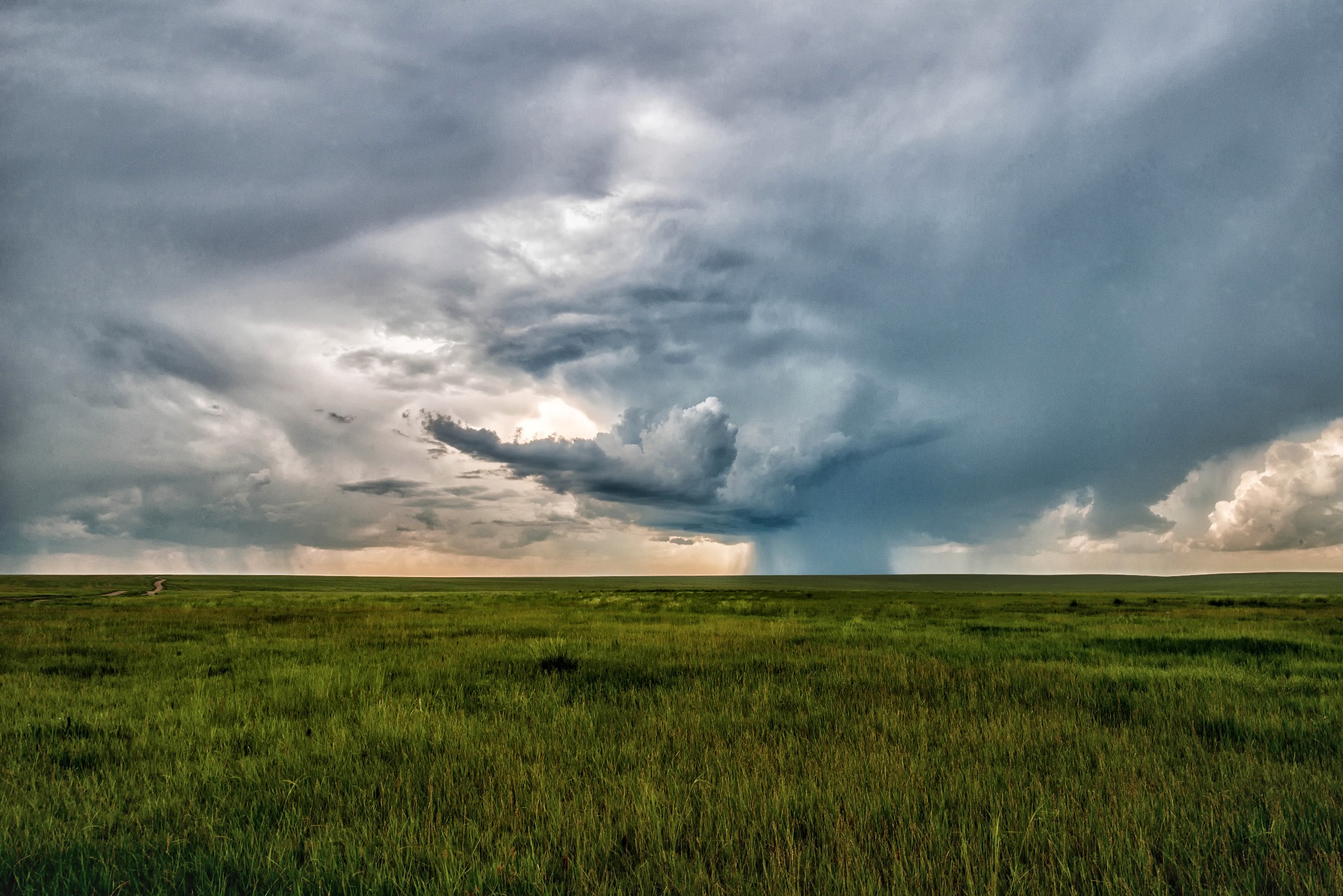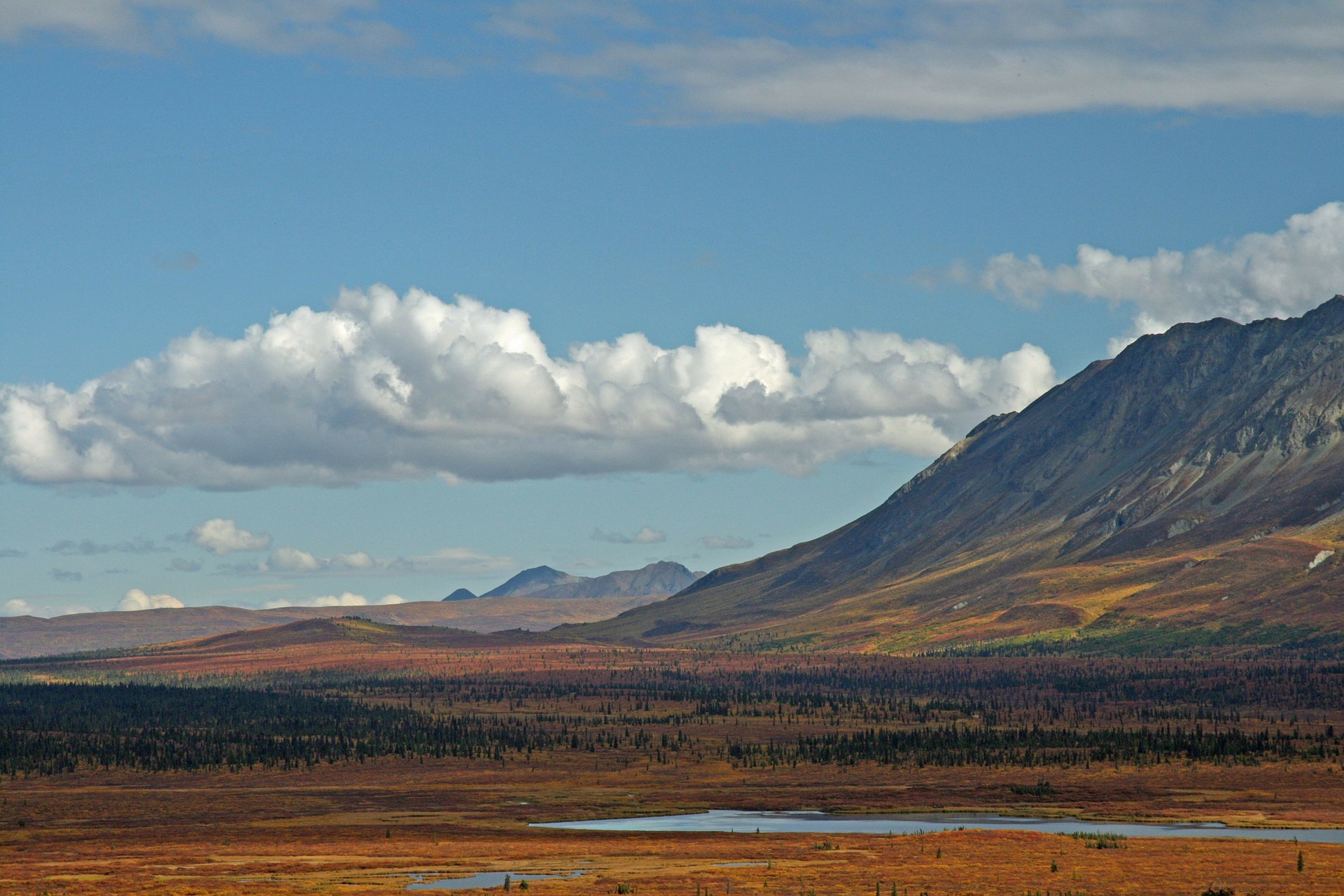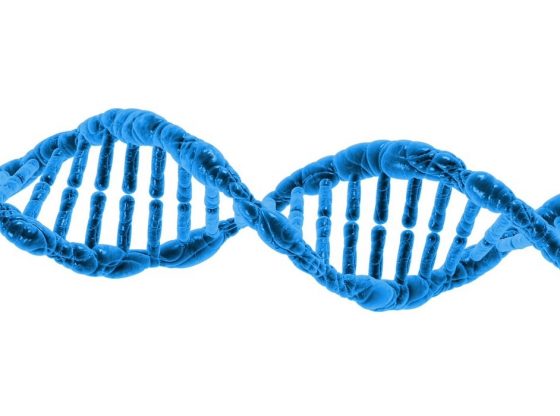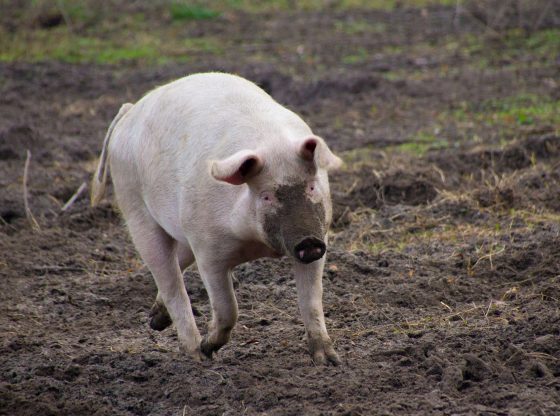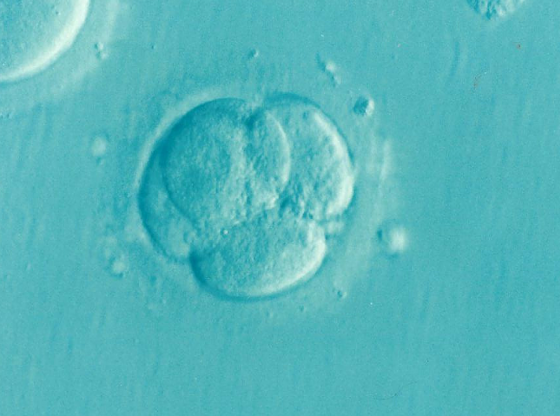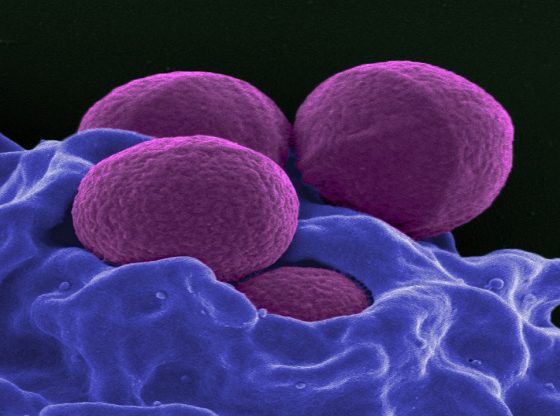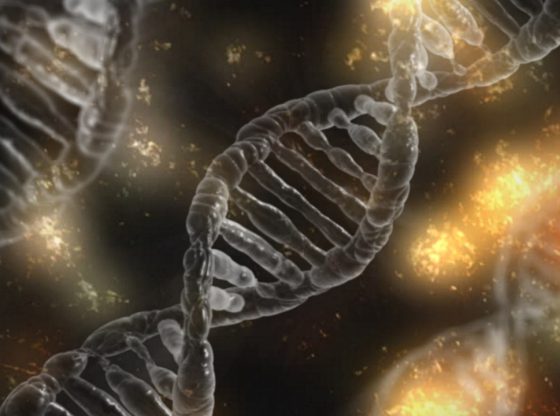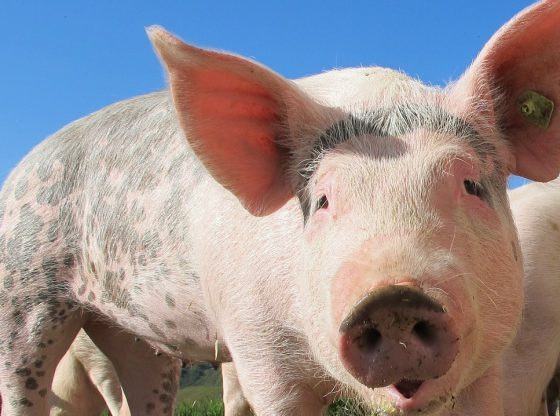A Russian geophysicist wants to use megafauna such as mammoths and other ice age animals to restore ab ancient ecosystems, thus preventing permafrost from melting.
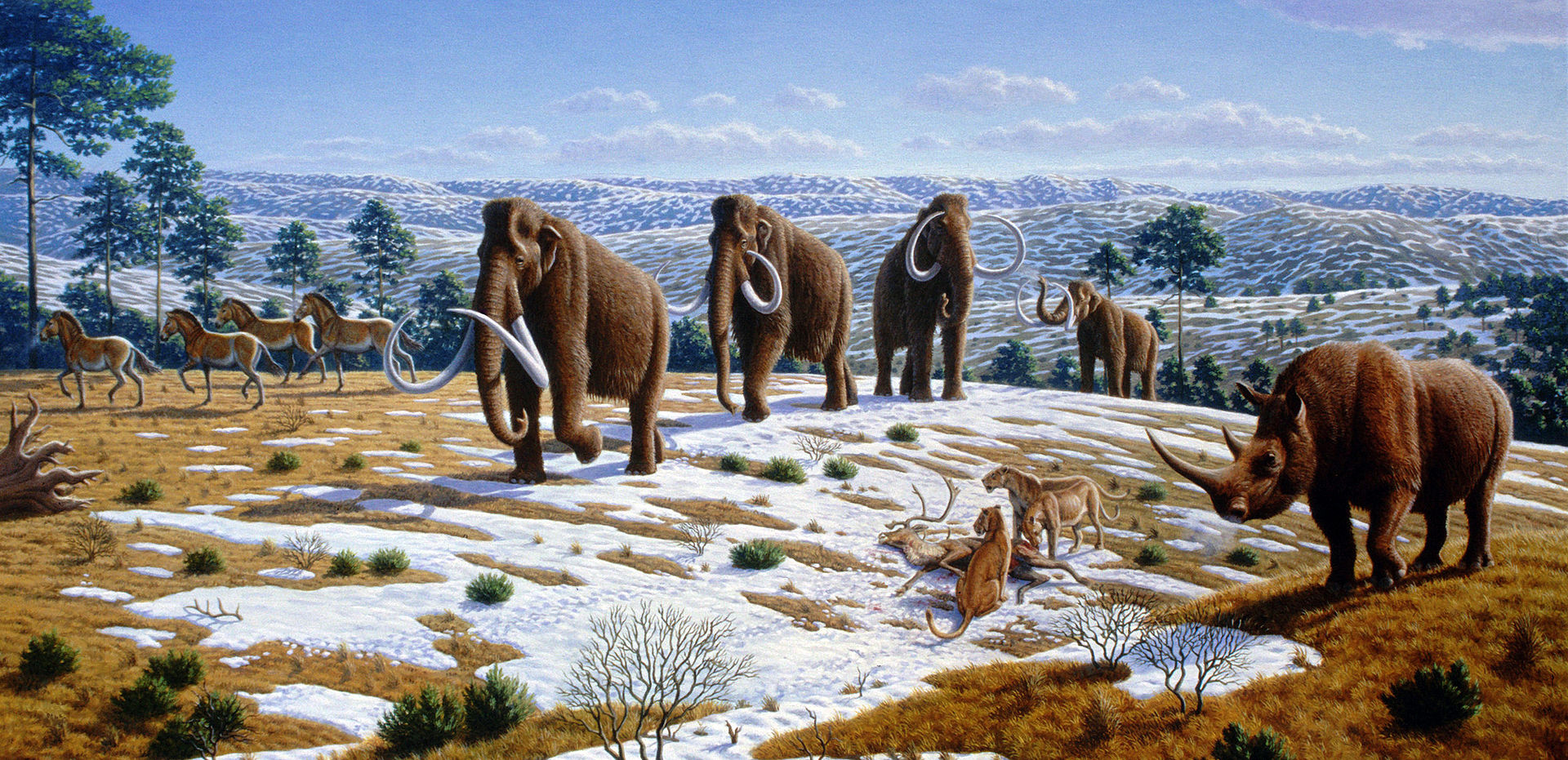
At present, several research teams are working to recreate the mammoth, either through cloning or redirection.
Many scientists reason that it is just a matter of time before scientists can genetically engineer extinct species back into existence and If the mammoths are successfully brought back, one Russian geophysicist Sergey Zimo has big plans for the big animal: Save the Earth by trampling the earth cold and hard in the arctic.
Melting permafrost threatens the climate
Ever since Sergey Zimo established an international research station in Siberia in 1980, he has worked to restore the previous ecosystem. The purpose is to stop the thawing of permafrost.
The frozen soil contains organic matter accumulated over thousands of years and is now melting due to global warming. It initiates degradation processes in the soil that cause massive amounts of carbon dioxide and methane gas to dissolve and end up in the atmosphere, which in turn increases heating. It is estimated that more carbon is locked up in permafrost than is in the Earth’s atmosphere.
Pleistocene Park to halt global warming
The solution of the Russian scientist is to release resurrected megafauna in Siberia so that they can, with the aid of their dung, create a thick insulating soil cover and trample the earth so hard that it forms a kind of lid, like a freezer box, on top of the permafrost.
He imagines a Jurassic Park scenario, but more like Pleistocene Park. The megafauna would see to the restoration of the steppe ecosystem that once covered vast sections of the Arctic thousands of years ago. This biome covered vast areas with grassland plains and shrubs.
The biome called the ‘mammoth steppe’ was Earth’s most extensive biome, spanning from Spain eastwards across Eurasia to Canada and from the arctic islands southwards to China. The mammoth steppe covered the northern part of the globe for approximately 100,000 years without any evident changes and then suddenly all but disappeared about 12,000 years ago.
This cold and dry biome probably disappeared due to climate change, the idea is to reverse this by reintroducing large animals to the tundra, to slowly turn the tundra into steppe lands again.
Re-populating the Arctic tundra with herds of large herbivores is the world’s last hope to prevent disastrous permafrost melting and runaway climate change, according to Sergey Zimov. But he will not wait until the mammoth roams the Earth again, his self-funded wilderness preserve is already home to bison, musk ox, moose, horses, and caribou.
Not only will these animals slowly build up a thick insulating solid cover with their dung, they will trample down and dig through snow, a process that will reduce the insulative power of snow, allowing for the arctic cold air to sink deeper into the ground, keeping it frozen and the methane contained.
This notion is confirmed by soil tests in areas where animals were present, which were about 30 degrees Fahrenheit colder than areas blanketed in untouched snow.
Mammoth de-extinction: Fiction or fact?
A Harvard team led by geneticist George Church is on the case, and last year successfully spliced a tiny piece of mammoth DNA into the cell of an elephant using CRISPR. Other scientists are working on reverse engineering an Asian elephant to exhibit mammoth-like features.
This might seem odd, but the Asian elephant is actually closer related to the mammoth than it is to the African Elephant. Reactivating genes in the Asian elephant that relates to hair growth, might just make it able to survive the harsh winters of the arctic region.
Extremely well preserved mammoth specimen found in the Russian permafrost have given scientists a chance of genetic sequencing of the whole mammoth genome, this would enable a comparison of the mammoth DNA with modern Asian elephants, snipping out the elephant genes to be replaced with mammoth genes.
The scientists would then use female elephants for the first generation of mammoths to reach a self-sustaining population, that will then proceed to interbreed by their own.
The Korean firm Sooam Biotech – who brought us cloned coyotes birthed from a dog uterus – are working on the first attempts to give birth to the first – in 10 000 years – live mammoth in 2018.
Reference:

